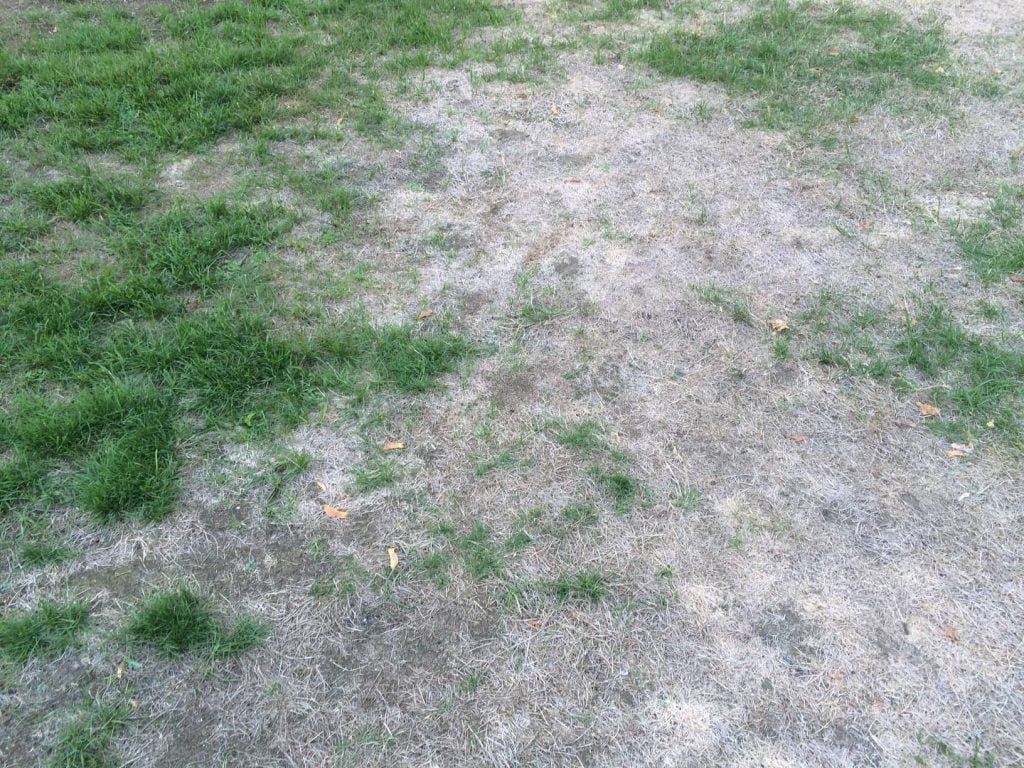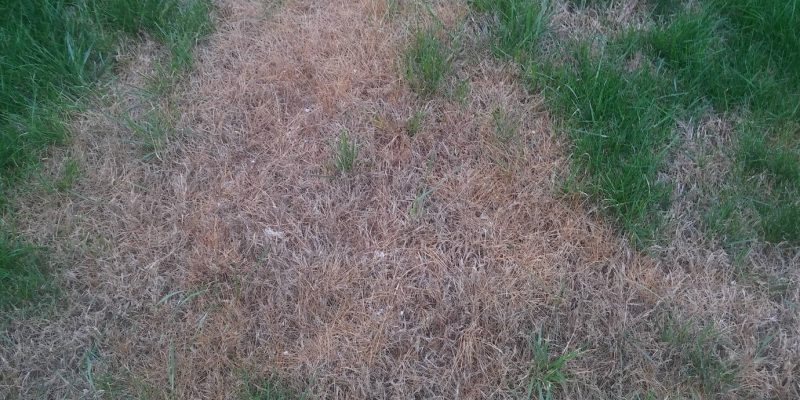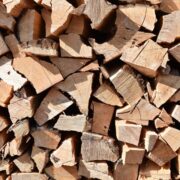Dead grass is a problem that plagues many homeowners. You may be wondering what the best way to treat it is or how you can prevent it in the future! Well, we’ve got you covered with this blog post about dead grass and why it happens.
We’ll talk about some ways to regrow your lawn, if possible, as well as how to treat for grubs and other pests which might cause your lawn to die out.
Finally, we’ll give you some tips on preventing dead grass in the first place so that you never have this problem again!
What Causes Dead Grass?
There are several possible causes for dead grass, but the most common is either pests or disease.
- Pests: Grubs and other insects can eat away at your lawn until it’s nothing! Luckily, treating this problem usually requires only one round of treatment from an expert pest control company to resolve the issue.
- Grass can also die out from a lack of sunlight or water. If you don’t have a green lawn, try to keep it watered and expose it as much as possible to the sun for best results!
- Disease: Diseases can be difficult to diagnose without professional help. Your only option when dealing with the disease is usually just removing all your grass and starting over with new grass.
How To Regrow Your Lawn If Possible
- If you don’t need a green yard and would like to save money on the cost of replacing your dead grass, there are some ways that it can be grown back!
- A seed mix is required for this method–you should buy one from an expert nursery for best results. You may not want to use store-bought seed because the quality can vary wildly!
- After you’ve spread your seeds, it’s important that they are kept moist until germination begins. This will help them grow and take root faster than if they were left dry.
- If there is a chance of rain in a few days, you may want to put down landscape fabric or plastic to prevent the new seeds from drying out.
How To Treat for Grubs and Other Pests:
If your grass is still growing but has dead patches in it, this could be caused by pests like grubs! If you think that might be the culprit, then call a professional pest control company to kill the grubs and treat your lawn.
If you have a problem with other insects, like ants or mosquitoes, then try using an insecticide spray on your grass–you can find these at any big box hardware store!
What You Should Know About Fertilizing and Watering Your Lawn?

Improving the soil quality in your lawn is one of the best ways to help promote healthy grass growth.
Start by testing your soil’s pH balance with a kit from your local garden store or hardware store, and then add fertilizers based on what’s needed for that specific type of plant life.
There are many great natural alternatives to chemical fertilizers–you should give them a try! You can also check out revive lawn treatment review.
Products like composted manures and mulches can provide nutrients for your lawn without adding chemicals that might be harmful.
Watering your lawn is also important, but don’t over-water it or you’ll end up with the same problem as overwatering your plants.
Most experts recommend watering once a week, but you should check local conditions before deciding if this is right for you–some areas are better than others!
Ways To Treat or Prevent Dead Grass in The Future:
- If you want to avoid this problem in the future, there are a few things that can be done. First, it’s important that your lawn is well-maintained with regular watering and sun exposure for best results! If you need a bit more help, try planting mixtures of different types of plants–this will make sure that it’s never too dry or shady in any one area!
- In addition, try using natural pesticides rather than dangerous chemicals when possible–they’re better for the environment and for you!
- It’s also a good idea to avoid over-fertilizing your lawn. This will help prevent it from drying out in patches and becoming unattractive.
- Finally, don’t plant all of one type of grass species if you want to keep dead spots at bay–mixtures are best!
- It also helps if you can vary the height of all your plants so that there’s something for each type of animal to hide in.
Other Ways to Make Your Yard Look Beautiful Without Using Lots of Money on Expensive Landscaping Projects
- Select plants that will grow in the space you have available and use drought-tolerant varieties. If a plant doesn’t work for your garden, find one with an alternative name that does!
- Be creative by adding different textures to your planting beds or lawns using stone or other materials: gravel, mulch, pebbles, evergreen boughs, stone, or brick chips and much more.
- Use other items to add color: flowerpots, birdfeeders, garden furniture, native plants like daffodils that will bloom in the spring when nothing else is blooming – they’re cheap!
- If your house faces west, you might want to install a privacy hedge of evergreens on the north side to help screen your house from unwanted views.
- Use large containers or plant beds for focal points and add annual plants that don’t need much care like cacti, succulents or tropical to provide color in an area where you may not have more options.
Conclusion
Now that you know the best way to treat dead grass, it’s time for you to get out there and start using these tips.
All this information is backed up by science so don’t be afraid to experiment with different tips until you find what works well in your yard.










Comments